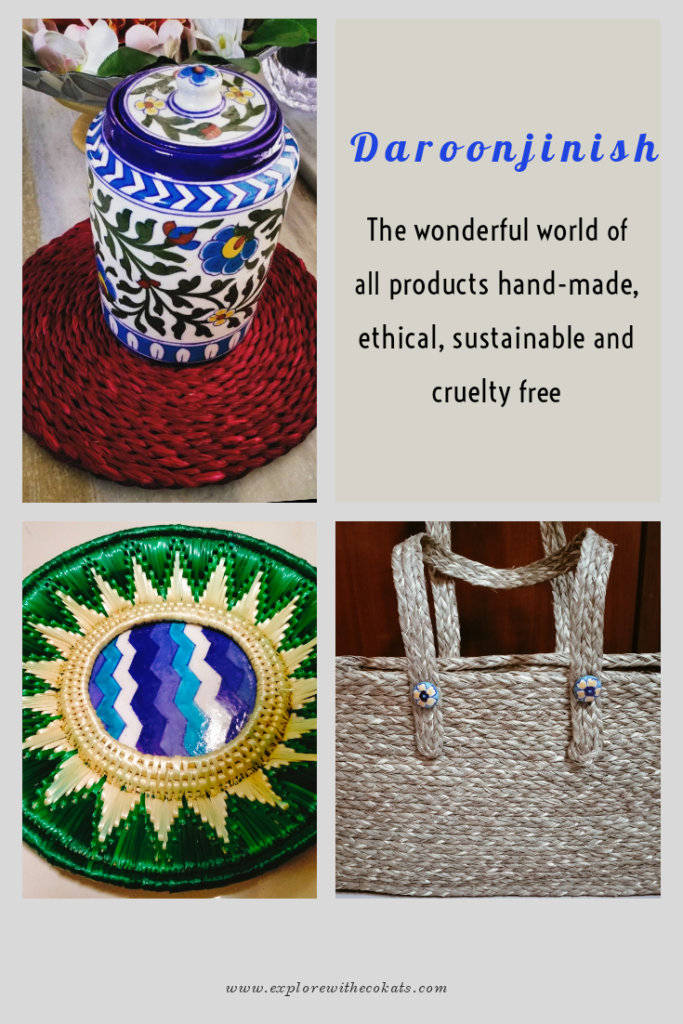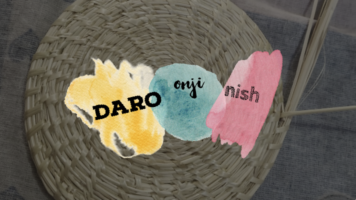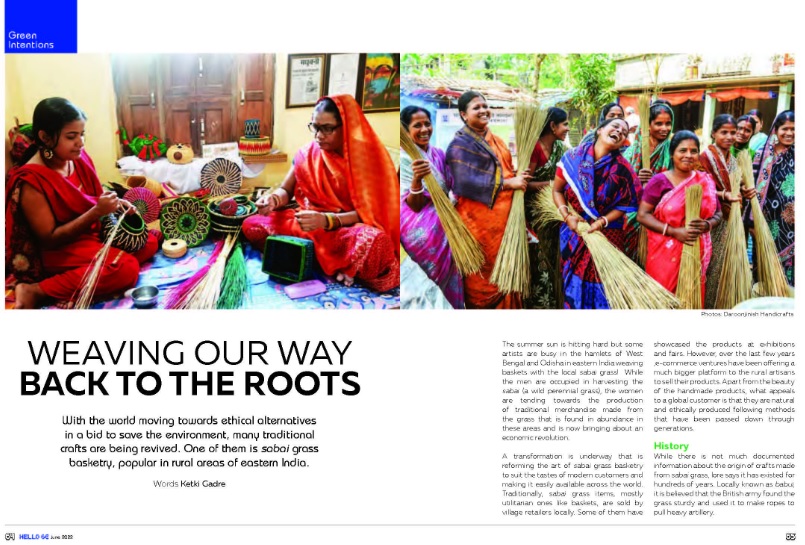Last Updated on July 8, 2022 by
Sabai Grass Handicrafts have taken modern homes by a storm with innovative and beautiful designs that give an edge and look extremely aesthetic.
I heard about this Bengali word – Daroonjinish last week while having a conversation with Poonam. That was the word she taught an international traveller who was visiting India for the first time and I did not think of anything more apt. Daroonjinish is translated as ‘Wonderful Things’.
The word was so stuck with her that she decided to name her Sabai Grass handicraft venture the same. I was fascinated to learn about the venture and what it does while having a chat with her. So much so that I decided to write a blog about the noble cause.
Table of Contents
The story of Daroonjinish – Sabai Grass and more
On one of her trips to India, Poonam decided to explore the countryside of her home state – West Bengal. While travelling around, she came across a few villages and was intrigued to see their work of making baskets. She decided to stay with the locals and learn more about their source of livelihood.
The local artists practising basketry using Sabai grass were masters in their work but lacked the opportunities to market their products. While they sold their products in a few local markets, Poonam saw their calibre which was way beyond the norm.
She realized their potential and decided to launch Daroonjinish – a perfect representation of the wonderful things these local artisans made. The venture would serve as a platform through which the artisans could sell their products in exhibitions and through e-commerce platforms.
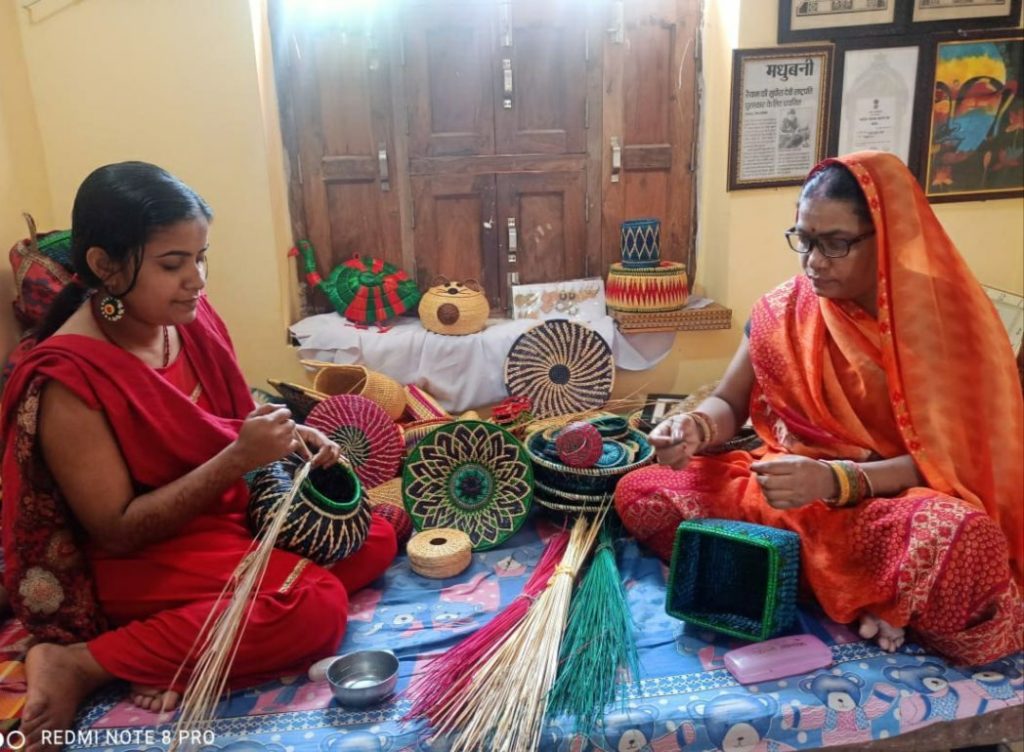
What is Basketry?
Basketry or Basket weaving is the craft of making objects by weaving or coiling together materials like grasses or twigs into three-dimensional artefacts. The resulting objects are called baskets. Basket weaving is one of the widest spread crafts in the world, and it is difficult to say how old it is and where it originated from. All of the basketry is handmade using small tools.
Basketry can be divided into four types
- Coiled basketry which different types of grasses and pine needles
- Plaiting basketry which uses palmyra palms and yucca
- Twining basketry that uses roots and tree bark
- Wicker and Splint basketry which uses reed, cane, willow, oak, and ash
The craft of basket weaving exists throughout the Indian subcontinent as a form of livelihood for the ethnic communities who have been thriving on this for generations.
The state of West Bengal is popular for its expertise in art and craft which include terracotta, basketry, paintings, jute items, textile craft and so much more. Basketry from West Bengal is especially striking and this blog talks about it.
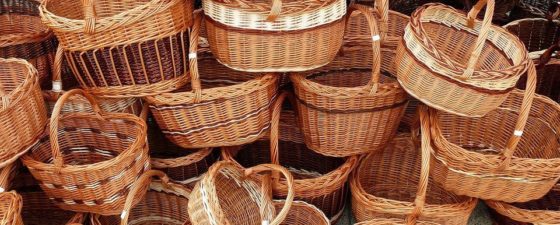
Baskets of West Bengal
Bamboo Basketry is the most ancient craft practised in West Bengal. However, grass called Sabai is also used in the craft. Sabai grass has the potential to be dyed in the desired colour and is a finer material to work with as compared to bamboo.
Sabai grass naturally grows in abundance in the forest fringe areas of West Bengal, especially in the areas of Pingla, Malda, Purulia, and Azimganj. Mahishamura, a small settlement in the Bankura district, is also known as the ‘Sabai Village’. Various art forms of Bankura are famous and gaining popularity.
Basket Weaving Process using Sabai grass
While the grass grows abundantly, there are particular months in which it needs to be harvested for making products. Here’s how the baskets are weaved using Sabai.
Harvesting Sabai Grass
Harvesting of Sabai grass is done in the months of September-October. It is reaped then sun-dried and then made into bundles.
Dyeing the Sabai Grass
The grass bundles are dyed using vegetable dyes. The colours are added in proportion to boiling water, soaking the strands in the boiling water with the dye and then drying them in the sun.
Rope Making
The dyed grass is hand twisted and then a cycling ring is used to tighten the twists. The rough edges are removed by rubbing them on the tree trunks. Once twisted, the ropes are then arranged into bundles.
Braid Making
The grass is braided by hand and the rough edges are cut off. At this stage, the grass is also sorted according to its length and quality.
Final products
The braids are twisted and turned to make products such as baskets, mats, table runners, and many other utility products which are durable.
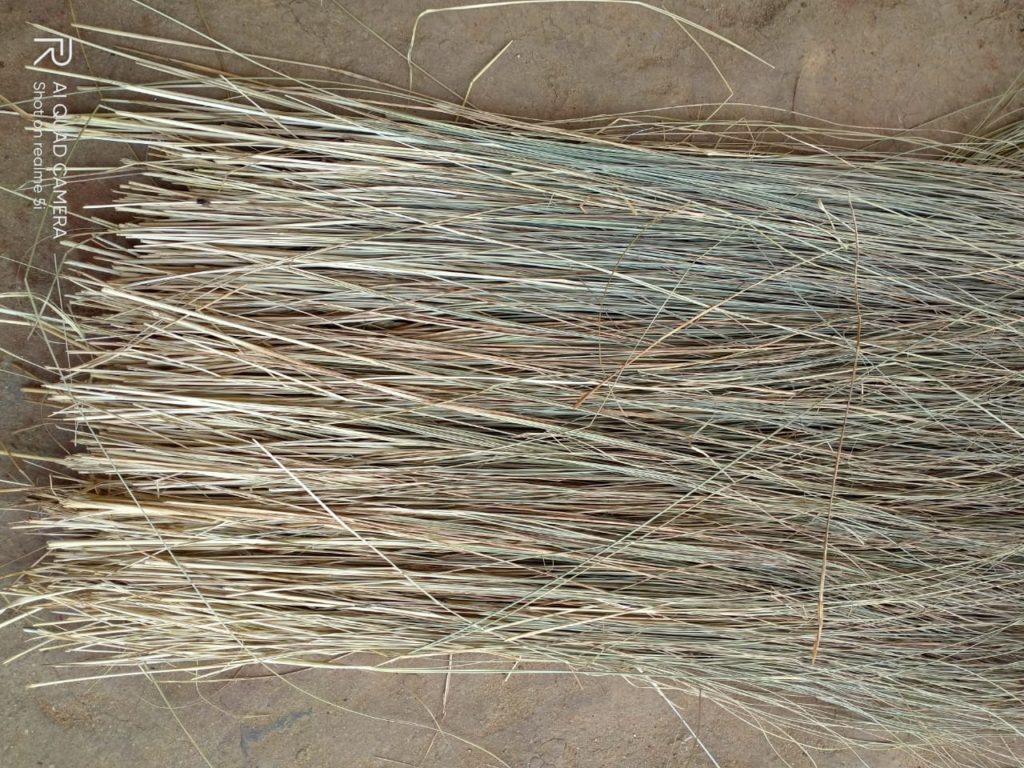
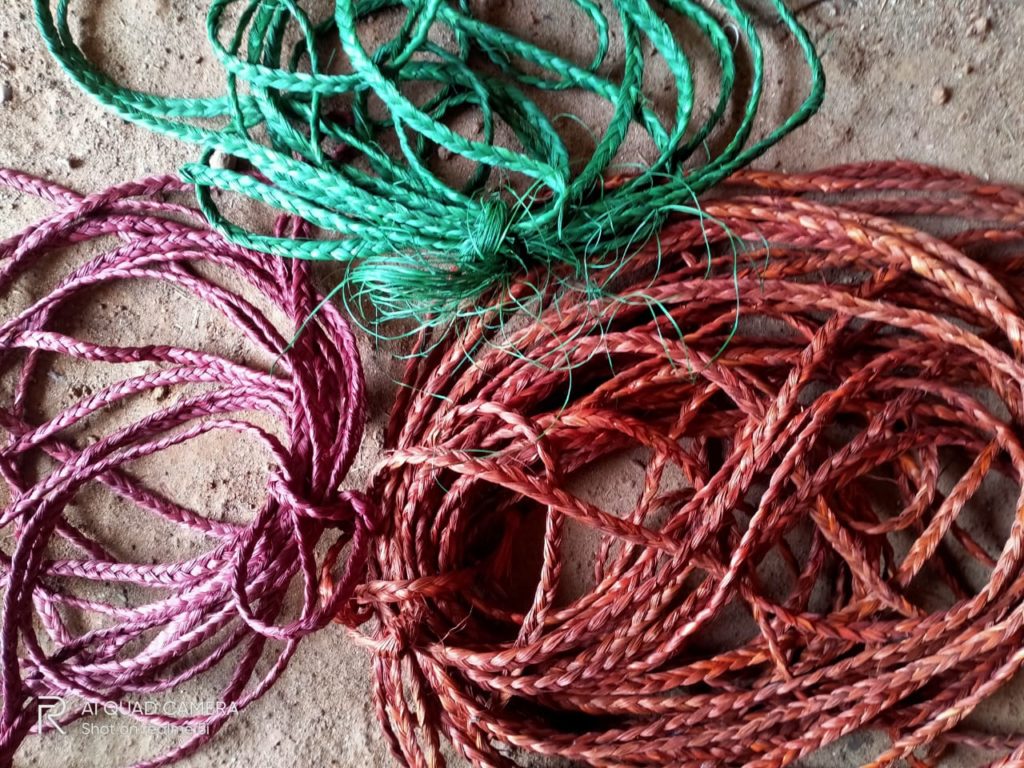
Use of products made from Sabai Grass
Traditionally, baskets have had much functional utility. Recently, it is mainly used for decorative purposes. Baskets (mainly bamboo ones) of Bengal are used for a number of ceremonial purposes. Winnowing baskets are painted with auspicious symbols and are used in the marriage ceremony. Other uses of Sabai baskets are
- Baskets and mats are used for serving dry food, such as fruit and roti.
- Mats are used to keep hot vessels or plates.
- The contemporary uses include laptop bags, tablet purses, tote bags, the base of planters, candles, table runners, etc.
- They are even kept as showpieces or decorative items.
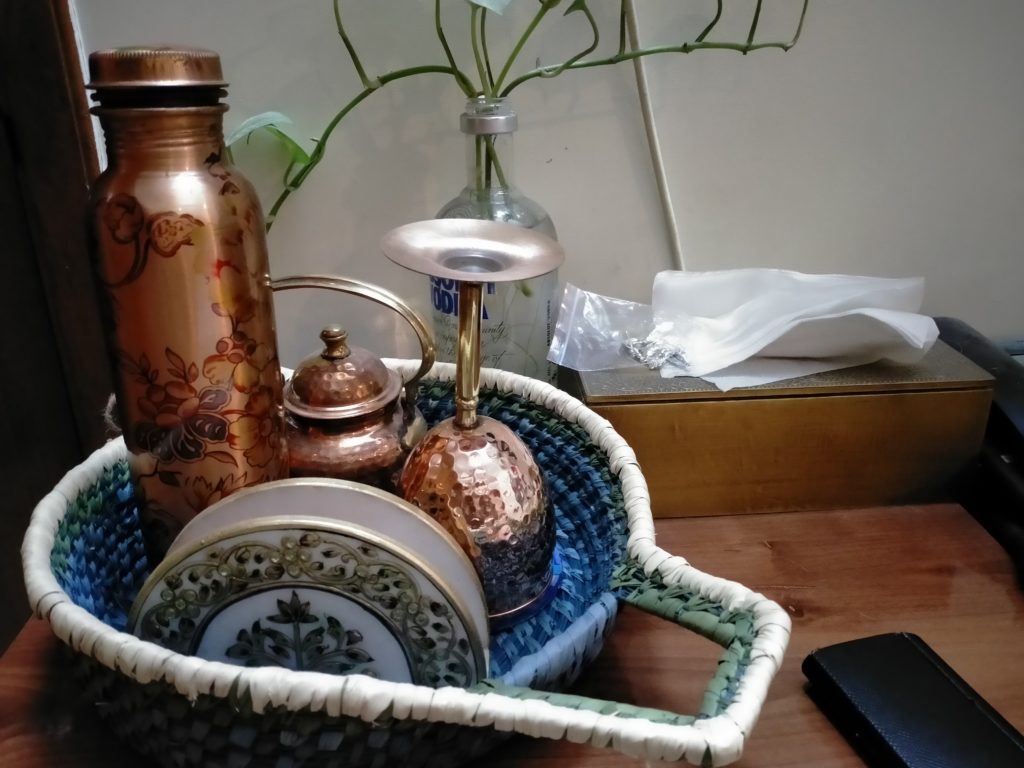
How is Basketry sustainable?
Traditionally originated art and craft are always sustainable as it is made from local and natural materials. Read about Chendamangalam Handlooms and hand-block printing at Anokhi Museum which is trying its best to preserve these sustainable arts.
Some of the reasons why basketry is sustainable and Daroonjinish took it up as a venture are
Raw Materials
The raw materials include Sabai grass which grows naturally and abundantly in the nearby area. Due to this, the locals do not have to travel long distances on motorized vehicle-saving fuel costs and generating no pollution. Vegetable dyes are used to colour the grass twigs which is extremely sustainable.
Making of products
The products are handmade using a few tools to ease and fasten some processes. Being handmade, the craft doesn’t use any energy. The grass is dried in the open air using natural solar energy.
No Waste
No waste is generated from basket manufacture, although an artist may produce several different styles to make economical use of materials. Grasses are often imperfect, and there are many trimmings that comprise the waste from basket weaving. Since these are natural products, they can be easily composted.
Free of animal cruelty
The art does not use animals in any form and is completely free from animal cruelty.
Gives employment to the local community
The livelihood of the locals who are making these products has dramatically improved. Their economy has improved, giving rise to a better living standard of the villagers. The women who never ventured out of their village are now attending training programs and participating in fairs and festivals showcasing and selling their products.
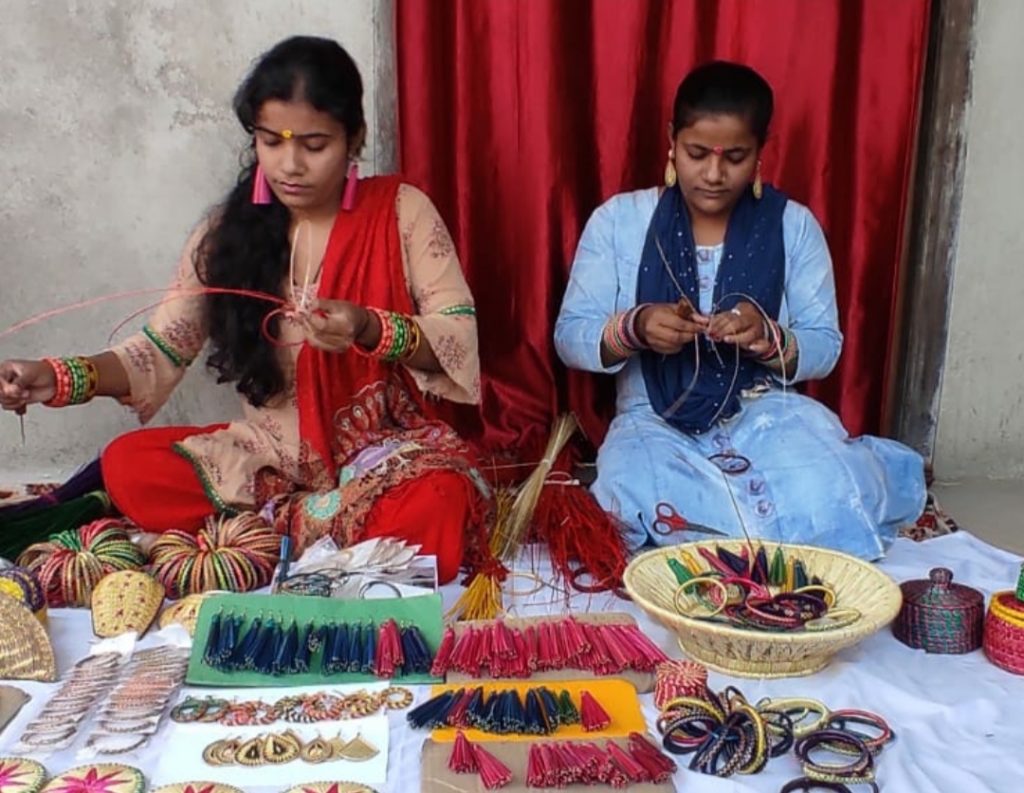
Impact of Daroonjinish intervention on the community
The community made basic products like baskets and mats in their free time. They never thought of diversifying their product range or making appearances in the city bazaars or exhibitions.
Since Sabai grass has more potential to customize into various products, Daroonjinish has started working with the artisans on designing innovative and unique products that have utility. Challenging their creativity with the introduction of Jaipur Blue Pottery pieces has been a stepping stone in making this craft diverse yet giving it an edge over the traditional designs. All of this at an affordable price for the buyer and fair pay for the artisans is the ethical way Daroonjinish is functioning.
The impact has been such that the younger generation is also taking interest in the craft and experimenting with designs and shapes.
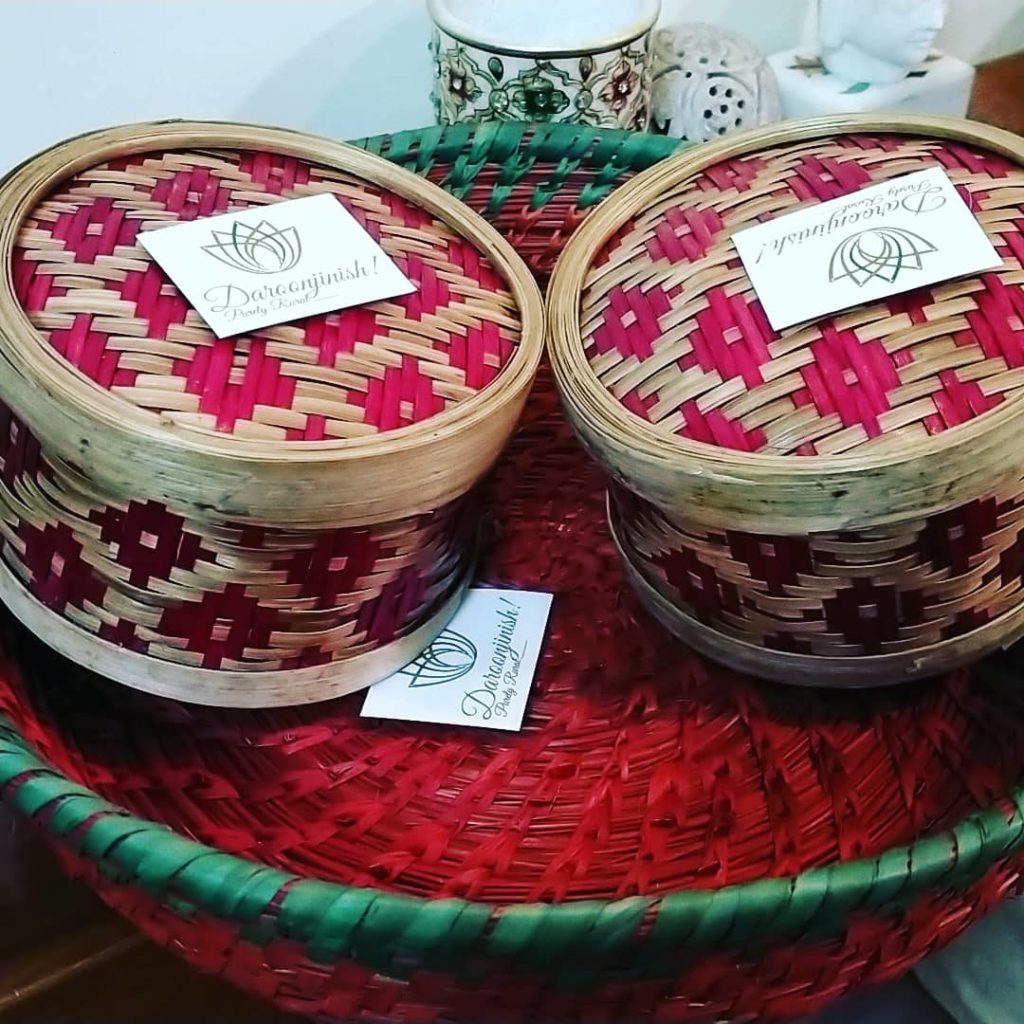
How to support the Sabai Grass artisans?
If this article has intrigued you into basketry then I am sure you would like to support the artisans of West Bengal by buying these products. While exhibitions were held before the pandemic restrictions in India and Australia, these products are available at the Daroonjinish online store and are being shipped all over India, Australia, and Germany. They even customize bulk orders for your office stationery or hotels. Keep looking as they launch new products every week. Interested buyers can write to them at [email protected].
Read More Posts on Handicrafts of India:
Gujarat: Crafts of Kutch
Disclaimer – This post may contain affiliate links. It means it adds no extra cost to you if you book through the link but I get a referral bonus which helps me earn a little to keep this website up and running. For more details please read my Privacy Policy.
My article on Sabai Grass Handicrafts was published in Hello 6E – the inflight Indigo Airlines magazine: June 2022 edition.
Pin this post!
